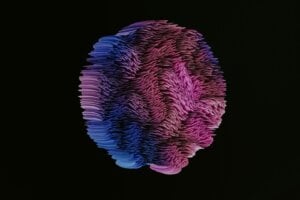Latest on Neuralink research and mobility restoration efforts

Neuralink’s first human participant, Noland Arbaugh, says he’s full of optimism about the possibility of receiving a second implant—this time one that could contribute to restoring his ability to walk.
“I can’t emphasize enough how excited I am for a dual Neuralink implant,” he posted on X, describing one device in the brain and another placed below his spinal injury. “The idea of both working together is unreal… I’m beyond hyped.”
Arbaugh, now 31, became paralyzed from the shoulders down after a diving accident in 2016. In 2024, he received his first Neuralink implant—nicknamed Eve—which allows him to interact with technology using only his brain. Through the device, he’s able to send messages, use his computer, play games, and he’s even working on a book.
However, the implant he currently has is not designed to restore movement. A second device, implanted in the spinal cord instead of the skull, could theoretically stimulate damaged nerves and help regain limb control.
Elon Musk has hinted at this possibility several times online, suggesting Arbaugh could be the first candidate for an upgraded or dual-device system. Musk has even claimed that Neuralink users may eventually surpass typical human reflex speed in video games—an unusual comparison, but one he has repeated.
There’s no confirmed timeline for when Arbaugh might receive a second implant, nor is it clear whether Neuralink’s technology is already capable of connecting two implants for synchronized function. At least a dozen people now have the brain implant, and the company says more than 10,000 others are waiting for their chance. The surgery remains highly complex, involving a robot that drills into the skull to place the device. Rival company Synchron takes a less invasive approach by implanting its device inside a blood vessel instead.
Research into neural implants is accelerating across the tech and medical world. In 2023, University of Oxford researchers developed a device aimed at restoring movement. Stanford Medicine recently helped patients regain partial vision through an implant, enabling them to read text and signs. Microsoft also announced a collaboration with Inbrain, whose flexible, ultra-thin implant could deliver real-time treatment for neurological conditions like Parkinson’s, epilepsy, and other disorders related to memory and cognition.
Apple has introduced Bluetooth support for brain-controlled interactions with iPhones, iPads, and the Vision Pro, while Nvidia is working on AI models that interpret neural activity at scale.
Newer Articles
- Nano Banana Pro Launches With 2K–4K Output, Multilingual Text & Improved Accuracy
- How Many Bingo Card Combinations Are There

